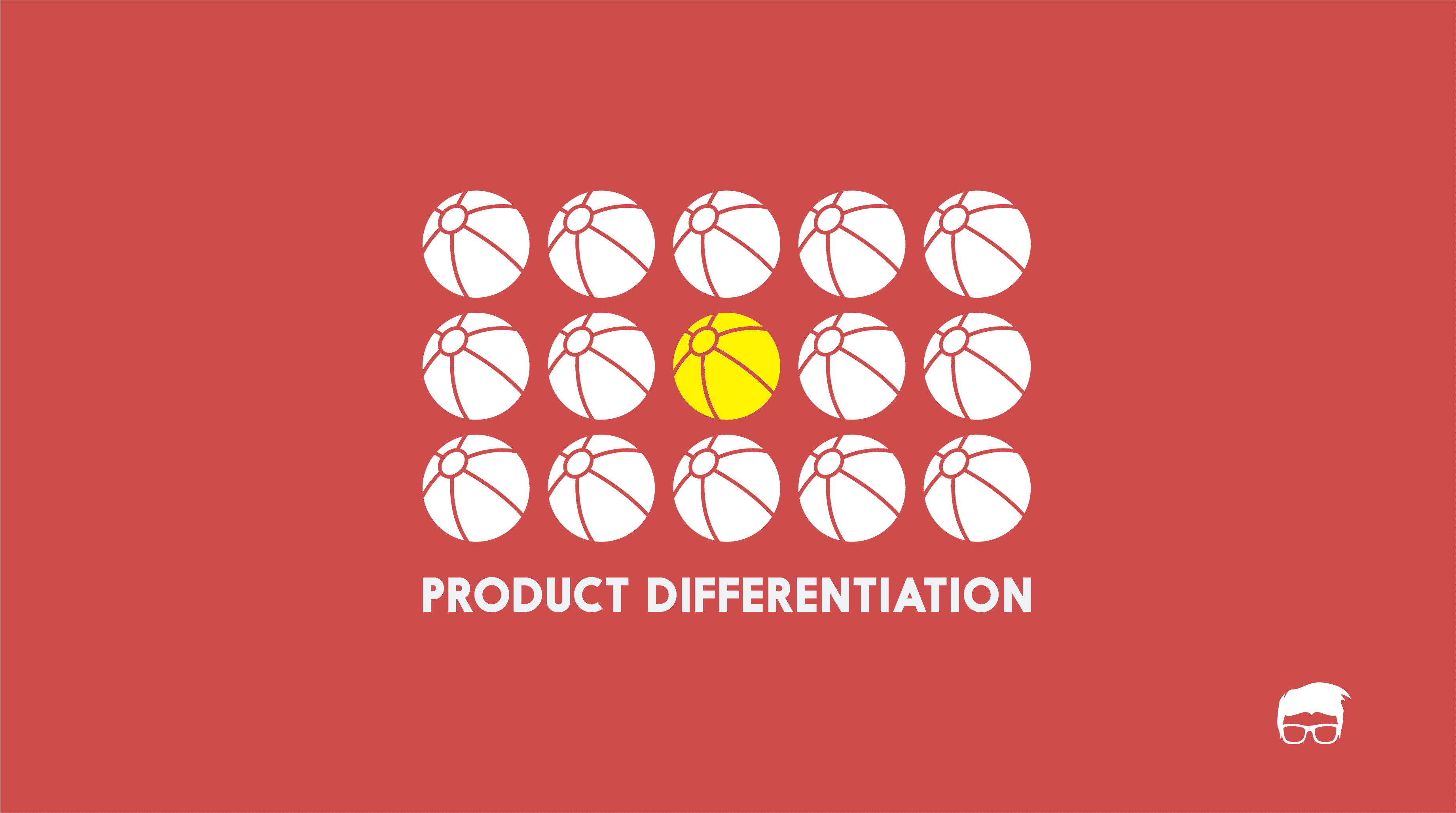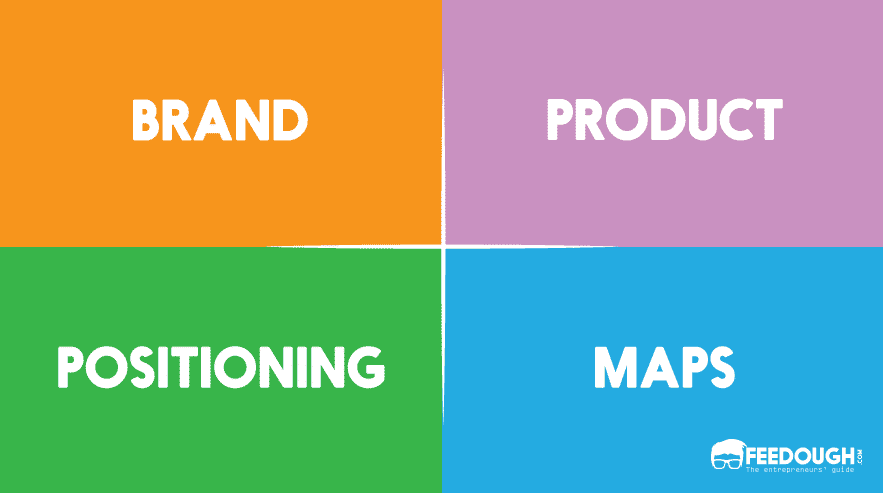Customers weigh a variety of factors when considering a purchase. And all these factors affect how they perceive the product.
When a company try to frame this perception according to its marketing objectives, it is called product positioning.
Today, this product perception is much more important than the product itself, thanks to the increasing number of choices that customers have.
So, what is product positioning, why is it important, and what strategies do businesses use to position their products?
What Is Product Positioning?
Product positioning is a marketing strategy businesses use to create a distinctive identity for their product in the minds of their target customers to highlight the product’s strengths and unique selling points (USPs).
It aims to impact customers’ perceptions and create a favourable image of the product in their minds differentiating it from competing products.
This process is based on the product’s qualities that either differentiate it from other similar products or rate itself higher on globally acceptable factors like the taste, speed, looks etc.
For example, a company manufacturing electric cars might position its product as being more environmentally friendly than petrol or diesel cars.
It’s not just advertising or promotion that can influence positioning. This strategy is supported by all the marketing mix elements such as product features, price, promotion, and distribution.
The Importance Of Product Positioning
A good positioning strategy makes customers aware of the business’s product and sets it apart from the competition, making it more likely to be purchased.
Besides this, an effective and efficient product positioning strategy is important for businesses for the following reasons:
- Helps customers understand what the product does and how it can benefit them,
- Makes it easier for companies to target their marketing campaigns,
- Increases sales and ROI by attracting more customers who are willing to pay a premium price for the product,
- Reduces customer acquisition costs by making it easier for customers to find the product,
- Builds brand equity and customer loyalty,
- Helps the business get an edge over the competition,
- Promotes a better launch profile and enhances market penetration.
Types Of Product Positioning Strategies
A business can either plan to position its product relative to the competition or try to occupy a unique space in the market.
The two types of product positioning are:
- Relative Positioning: When a business positions its product relative to the competition, it is said to have adopted a competitive positioning strategy. In this case, businesses study their competitors’ products and target customers to develop a unique selling proposition (USP) that makes their product better than the competition. For example, Apple’s iPhone was positioned as a premium smartphone with a better design and user interface than its competitors.
- Absolute Positioning: Unique positioning is when a business tries to occupy a space in the market that is not yet occupied by any of its competitors. In this case, businesses focus on creating a USP for their product that is not present in any other product in the market. For example, SpaceX’s Falcon 9 rocket was positioned as the first reusable rocket which could be used multiple times.
These two strategies are further materialised using attributes, emotions, and benefits. Following are the five types of product positioning strategies:
Attributes-Based Positioning
In this type of product positioning, businesses focus on their product’s physical or functional attributes to make it stand out from the competition. For example, a company manufacturing laptop computers might position its product as being thinner and lighter than its competitors.
A real-life example of characteristics-based positioning is the way Volvo positions itself as the safest car manufacturer.
Emotion-Based Positioning
In emotion-based positioning, businesses try to evoke certain emotions in customers to make their products more appealing. For example, a company might position its product as luxurious and aspirational to attract customers looking for status symbols.
An example of emotion-based positioning is how Mercedes-Benz positions itself as a luxurious and aspirational brand.
Use-Based Positioning
Use-based positioning is when businesses focus on their product’s specific use or application to make it more appealing to customers. For example, a company might position its product as ideal for gaming.
A good example of use-based positioning is how Logitech positions its wireless mouse as the perfect choice for gaming.
User-Based Positioning
In user-based positioning, businesses focus on a specific type of user or customer to make their product more appealing. For example, a company might position its product as ideal for students.
An example of such user-based positioning is how Microsoft positions its Surface Pro tablet as ideal for students.
Value-Based Positioning
In this type of product positioning, businesses focus on the value or benefit that their product provides to make it more appealing to customers. For example, a company might position its product as being more affordable or more durable than its competitors.
Samsung’s Galaxy smartphones positioning is a good example of value-based positioning as the company positioned its product as more affordable yet reliable than its competitors.
Price-Oriented Positioning
Price-oriented positioning focuses on the price of their product to make it more appealing to customers. A company might position its product as the most affordable or the least expensive option in the market.
Walmart is the perfect example of a company that uses price-oriented positioning.
There are many other types of product positioning strategies that businesses can adopt, but these are some of the most common ones.
Characteristics Of A Good Product Positioning
Product positioning isn’t just about choosing the right strategy; it’s also about executing it in the right way. There are certain characteristics that make a good positioning strategy. They are as follows:
- Relevancy: The positioning of a product should be relevant to the target audience. It should address their needs and wants.
- Clarity: The positioning of a product should be clear and concise. It should be easy for customers to understand.
- Differentiation: The positioning of a product should be different from that of its competitors. Otherwise, it will be difficult for customers to see its value.
- Consistency: The positioning of a product should be consistent across all channels. This includes advertising, packaging, and even word-of-mouth.
- Believability: The positioning of a product should be believable. Otherwise, customers will not trust the brand or the product.
Product Positioning Examples
There are several notable examples of product positioning. Let’s take a look at some of them.
Nike’s Jordan
Nike’s Jordan brand is an excellent example of emotion-based positioning. The brand was named after basketball legend Michael Jordan and positioned itself as a premium athleticwear brand. It capitalised on Jordan’s fame and popularity to create an aspirational brand that was associated with success and greatness.
The Jordan brand has been hugely successful and is now one of the most valuable brands in the world.
BMW’s M Series
BMW’s M Series capitalists on the use-based positioning strategy. The M Series was positioned as a high-performance line of cars intended for racing and track use. This made it appealing to customers looking for a car that could offer them a thrilling driving experience.
The M Series has been very successful and is now one of the most sought-after car lines globally.
Red Bull’s Energy Drinks
Red Bull markets its energy drinks by boasting about the benefits they provide.
The drinks were positioned to give customers an extra boost of energy (wings), which made them appealing to people who needed an energy boost.
The positioning of Red Bull’s energy drinks has been so successful that the company is now the world’s leading energy drink manufacturer.
Product Positioning Vs Brand Positioning
While many people use the terms “product positioning” and “brand positioning” interchangeably, they are actually two different concepts.
Product positioning is all about how a product is positioned in the market, whereas brand positioning is about how the overall brand is positioned in the market.
Brand positioning is more concerned with the overall image of a parent brand, while product positioning is more concerned with how a particular product is positioned.
To put it simply, brand positioning is about creating an identity for the company, while product positioning is about creating an identity for a product.
While both concepts are important, brand positioning is usually more important for long-term success. This is because it sets the foundation for how customers will perceive a brand. On the other hand, product positioning is more concerned with short-term success. This is because it is more focused on promoting a particular product.
Go On, Tell Us What You Think!
Did we miss something? Come on! Tell us what you think about our article in the comments section.
A startup consultant, digital marketer, traveller, and philomath. Aashish has worked with over 20 startups and successfully helped them ideate, raise money, and succeed. When not working, he can be found hiking, camping, and stargazing.








![What Is Brand Strategy & How To Develop One? [Ultimate Guide] BRAND STRATEGY](https://www.feedough.com/wp-content/uploads/2019/11/BRAND-STRATEGY.webp)
